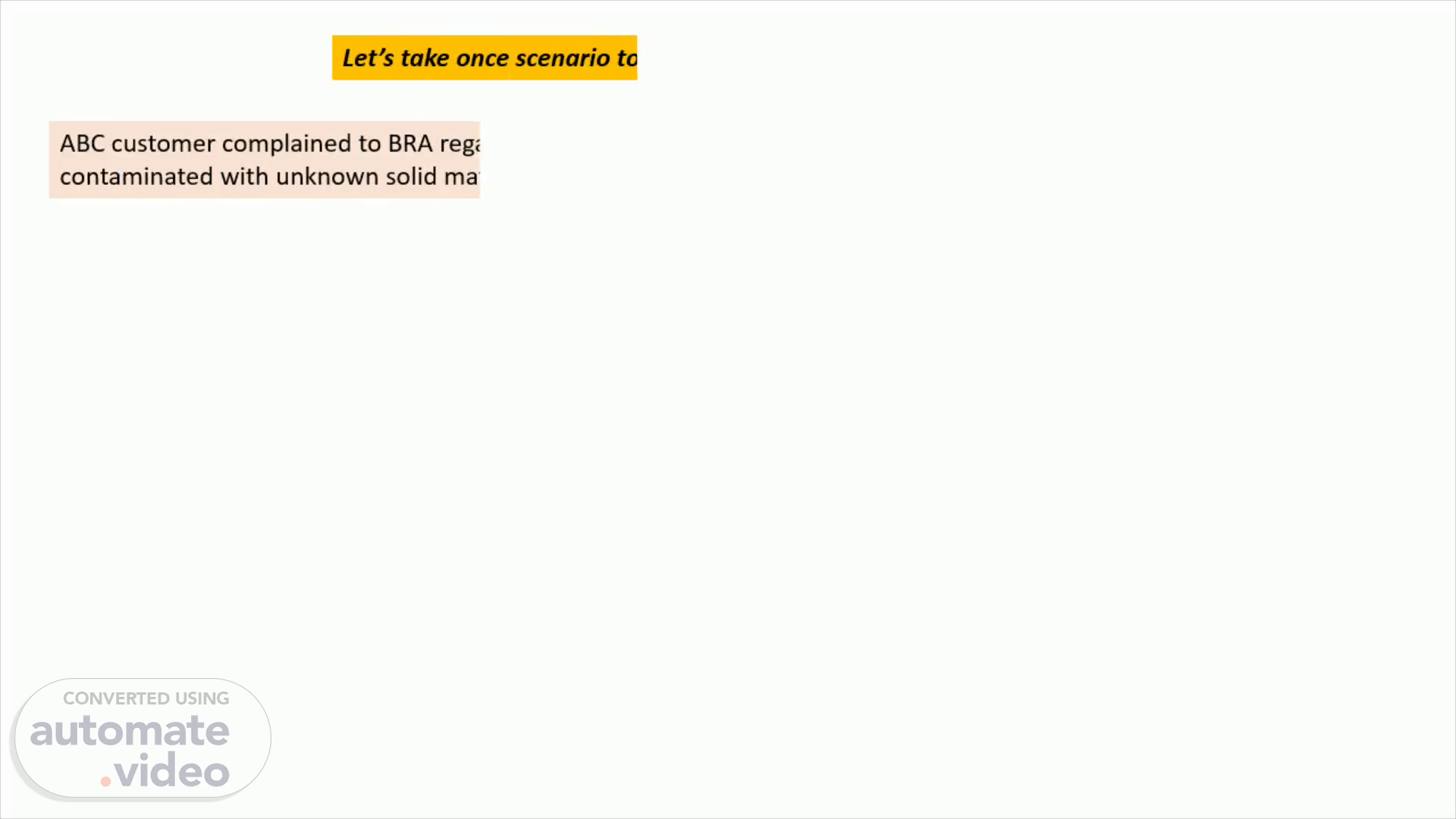
PowerPoint Presentation
Scene 1 (0s)
Let’s take once scenario to explain application of the key QMS processes.
Scene 2 (48s)
. Documentation and records used in manufacturing and supporting processes should meet a certain standard to ensure product quality and safety. Handwritten records should be: Attributable: It must be clear who recorded the data. Legible: All entries must be legible, including corrections. Contemporaneous: Data must be recorded as soon as practicable. Original: Data should be recorded directly onto the original form. Accurate: The recorded data must be a true reflection of the actual reading or observation..
Scene 3 (1m 21s)
Correcting Errors in documents. Understandably, errors will be made when recording data. When this happens, correct the error by: Making a single line through the error – the underlying incorrect data must remain legible if possible. Initialling and dating the correction for traceability..
Scene 4 (1m 35s)
Blank fields in documents. Where there is no data to be entered into a single field on a form, write 'N/A' When the data does not fill all the available lines or spaces in a field, rule out the ‘extra’ spaces with a single diagonal line to prevent the addition of data at another time. Label the line “N/A” and initial and date. Do not use ditto marks ("). Always fill data in completely..
Scene 5 (1m 56s)
Do not;. A red circle with a black background Description automatically generated.
Scene 6 (2m 14s)
. Document Archive process. Document archiving involves the long-term storage of inactive documents. You should archive documents that you need to retain for legal, regulatory, or auditing purposes. Physical documents use in BRA placed for more than 2 (two) years old that are no longer refer could move into an Archive Box. SOP-0029 documents the archiving process at BRA including details of retention period requirements.